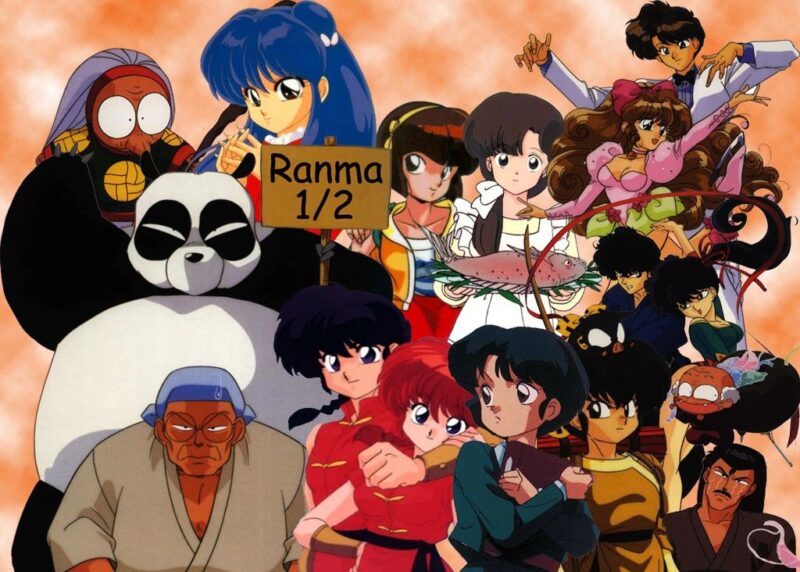
Ranma 1/2 is an old sit-com style anime from 1989 to 1992. It follows a martial artist named Ranma, his dad, and the family of his fiance Akane. Ranma and his dad fall into different cursed ponds when training in China. When dosed with cold water, Ranma turns into a girl. His dad turns into a giant panda. Hot water transforms them back. His dad had arranged for Ranma to marry one of his friend’s daughters and inherent their Anything Goes School of Martial Arts. Akane’s sisters basically draft her into it because she dislikes men and Ranma is half girl. Ranma and Akane fight constantly and refuse to admit their growing feelings for each other. The anime explores what happens when two tsundere character types are forced into a relationship with each other.
I can best describe the anime as static. Ranma and Akane are the only characters that see any change over the 6 season run of the anime.They grow to quietly like each other. The other characters, especially the infuriating Happosai, don’t see any character changes. Like most sit-coms, the focus is on how the character react in often-outlandish comedic situations. Ranma’s main goal is to remove the curse, and this goal sets the stage for many problems.
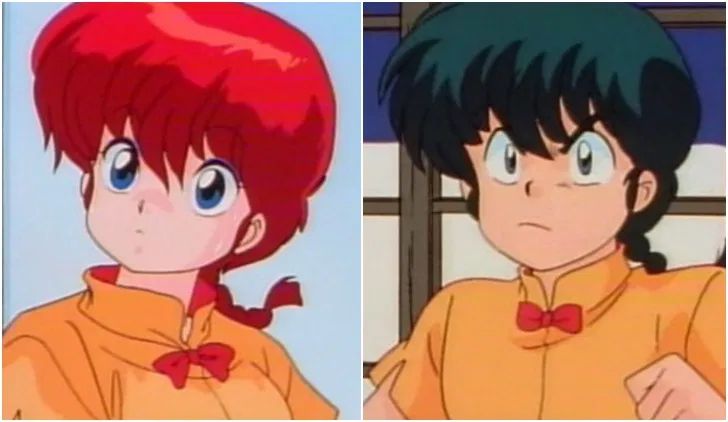
The anime also has two love triangles used to create tension between Ranma and Akane. The girls Shampoo (quite a name), Kodachi, and Ukyo all pursue Ranma. While Ryoga and Kuno pursue Akane. Ranma has no interest in the other women. Akane doesn’t care for the other guys. But the female Ranma also has guys pursuing her, such as Kuno, to add to the antics. However, the antics follow only a few categories: Happosai playing a villain, martial arts challenges, misunderstandings, and trying to avoid consequences. The jokes get old fast with how often they are repeated.
With a few exceptions, Ranma avoids the hesitation many male anime protagonists have surrounding contact with women. His main hang up centers on emotions. Because of his frequent transformations into a girl, he usually doesn’t have the hang ups guys have about female anatomy. After all, he sees breasts and the like on himself just about every day. Interestingly, the fan service of the anime centers on him more than any other female character. Usually it involves Ranma’s nipples, and his general lack of concern for being bare-chested. After all, he is still a straight male and thinks as a guy even when in female form. The focus on the embarrassment of emotions provides an interesting contrast from the modern focus on fan service. Not to say Ranma doesn’t have a fair share of that. But Ranma’s main focus involves avoiding anything that troubles his masculine persona.
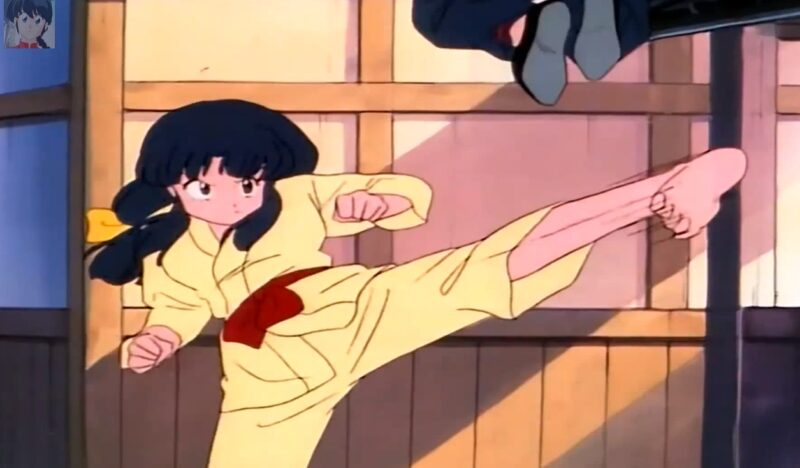
Yet, as the story continues, he becomes more comfortable with his female side. In fact, he will transform and go out with Akane to eat sweets with her. After all, real men aren’t supposed to like sweets! Ranma also seems to enjoy dressing as a girl. He will often dress cute in given situations without complaining. He even volunteers to do so. He also isn’t above flirting and and seducing men in his female form if he has a goal in mind. By the end of the anime, Ranma seems resigned to be 1/2 male and 1/2 female despite his protests to the contrary.
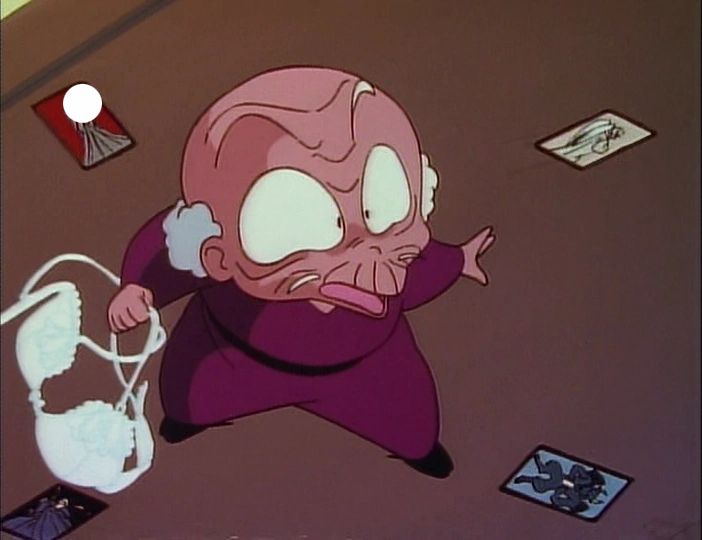
Speaking of fan service, the martial arts master Happosai offers the most problematic aspects of Ranma 1/2. Happosai is an old man who likes to steal the underwear of girls, and he likes peek on them while they are changing clothes. The characters all condemn his antics. Ranma released over 30 years ago as of this article, so it was before a shift in our thinking. However Happosai’s behavior acts as violation of dignity. In one scene, he even attempts to remove a teen’s underwear from under her skirt. I disliked his character so much that I just skipped any episode that centered on him. The panty fetish isn’t funny, Japan. It insults men, especially when characters like Happosai go as far as removing underwear from someone wearing it. Stealing it is bad enough.
Ranma 1/2 features older animation and more naturalistic character designs compared to today’s designs. Proportions are closer to normal human anatomy. Animation often breaks down with stuttering frames and simplified faces–the usual conventions of the time. I watched the English dub, which combined with the animation style, reminded me of Inuyasha. Both share many of the same voice actors.
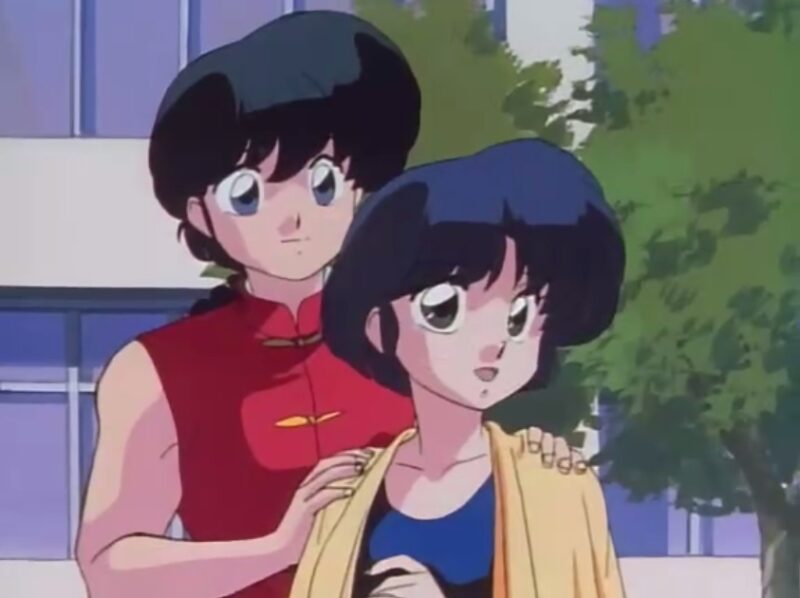
Ranma 1/2 doesn’t hold up well, especially the episodes with Happosai. The jokes are tired for long-time anime watchers, and the jokes get repetitive within the series itself. However, many episodes made me chuckle, and the tsudere-tsudere relationship between Ranma and Akane remains interesting throughout the series. The best episodes focus on them without all the other characters complicating matters. The static nature of the characters is expected in a sit-com style anime, so I can’t fault the series for that. Situations can become outlandish and frenetic. They remind me of Monty Python skits.
Despite how the story centers on Ranma straddling the line between male and female, the stories doesn’t truly explore transgender identity. Ranma firmly identifies as male. Rather, Ranma 1/2 explores yang-yin ideas, the dynamic forces between male and female. Akane, as a tom-boy, shifts between yang-yin elements alongside Ranma. Remember, this anime released long before gender identity became a wide-spread concern. Yang-yin dynamics is an ancient idea, after all, and the martial arts build upon the philosophy.
Unless you are interested in anime history or like anime from the 80s and 90s, I can’t recommend Ranma 1/2. Happosai will offend and infuriate you with his annoying behavior, and many younger watchers won’t tolerate the animation quality and style. However, you can see the roots of modern moe with Akane and female Ranma’s designs. Ranma 1/2 remains an interesting story in anime history. A remake that fixes the problems (by eliminating Happosai) would make for an interesting modern series. The relationship between Akane and Ranma, and the comfort Ranma has with the female body and the discomfort he has with emotions remain relevant.
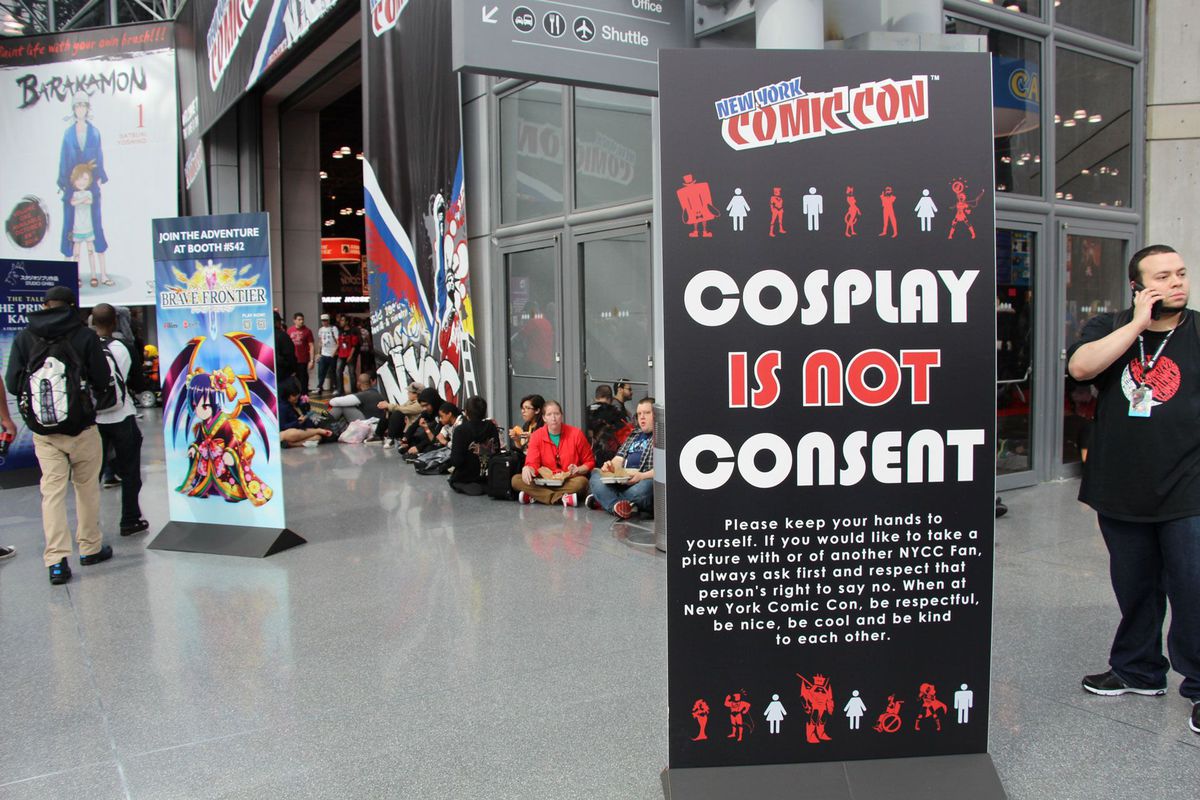
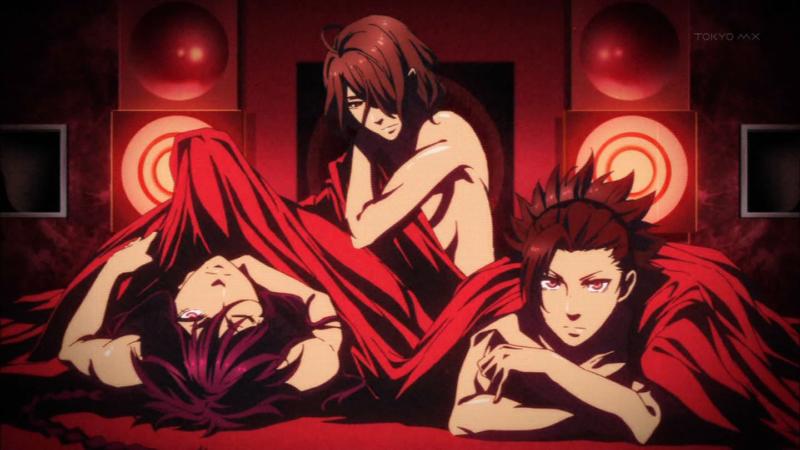
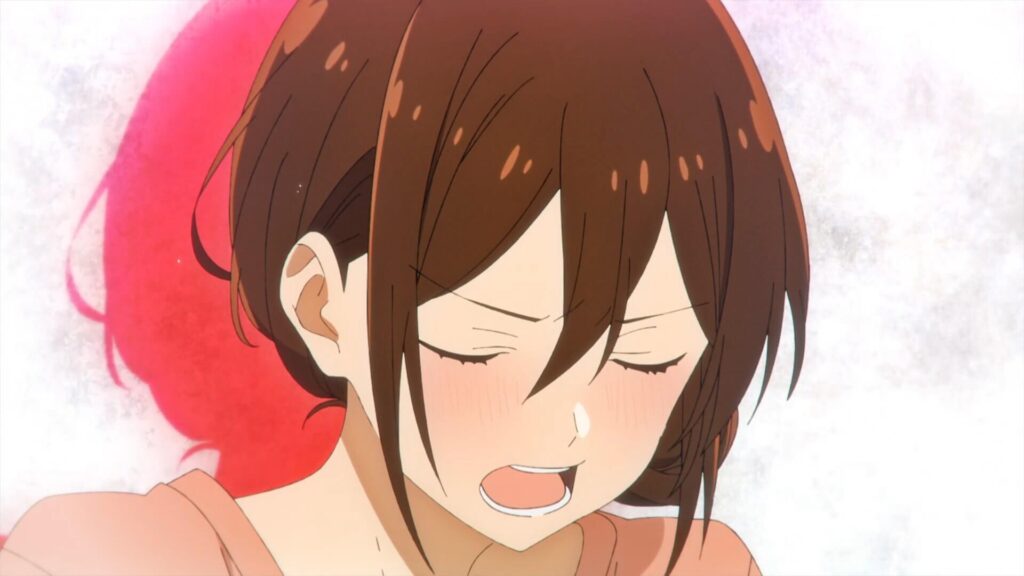
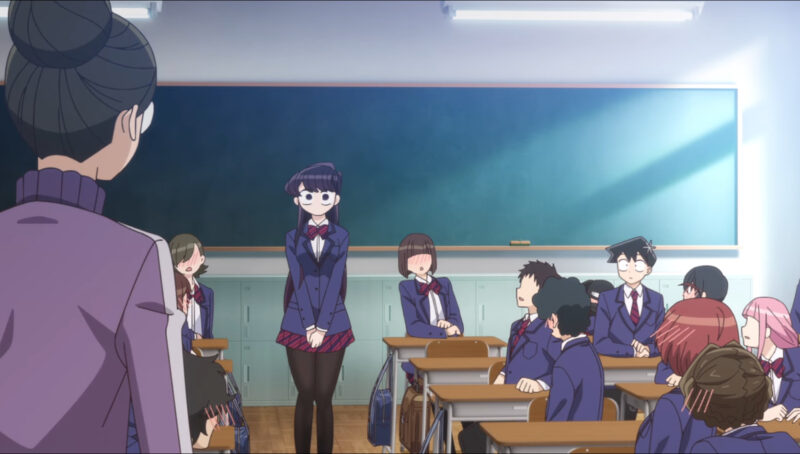
I don’t agree with this at all. Ranma is a classic, and probably the anime/manga I return to the most. You have to look at it from the perspective that Takahashi is commenting on these things and deliberately pointing out why they are bad or wrongheaded. I think it’s still fabulously relevant today, even if some of the social mores are dated.
It is, of course, a manga, so the static nature of the story is purposeful. But you might be interested to see that only half of the manga was adapted, and the latter half of the manga sees a lot of character growth.
It’s important to remember how it’s addressed in the context of the Ranma universe. Underneath the humor and slapstick comedy, there are no characters in the setting who condone Happosai’s behavior. A lot of fights are started with or by him over it, and it’s even blatantly the reason that Happosai and Cologne never got their relationship off the ground in the past when the time traveling mirror is found. When taken in context Happosai is a lonely old man with no friends and regularly shunned; the biggest problem the cast have is that the old man is too powerful to be dealt with quietly, and his position as the founding master of their school means a wide enough acknowledgement of his crimes in public to actually put him down would also completely destroy the reputation of both the Saotome and Tendo families.
Rumiko Takahashi uses slapstick centered around Happosai to not so subtly underscore that his behavior is Absolutely Not Okay, and the discomfort we feel watching those episodes is very much planned. It’s a commentary on Japanese cultural attitudes towards women and the regular sexual harassment that was so ingrained many let it pass without comment.
Thank you for pointing out the purpose of Happosai.
I feel you are missing a lot of crirical issue the Manga adresses over your dislike to Happosai.
1. How school is percieved in Japan even when teachers behave badly is adressed in a good way in several stories. Its the first sign of Rumiko Takahashis reblious side.
2. Strong Female leads with a girl not accepting her fate, at least untill she falls in love secretly.
3. A lot of jokes that made everyone laugh out loud and still make me laugh.
4. Why does everyone have tobelieve Transgender is a form that needs to be adressed everywhere. Ranma is a physical Transgender and you said it right, he doesnt change his male antics.
Besides Happosai was funny sometimes and he was despicable and the behaviour doesnt want to make the habit cool or funny but shows it as it is. A crime done by perverted old men. It therefore is good it was adressed. And yes the 90s were different times and Japan is still a country that needs women commuter trains.
I still love the Show although i also just watch a few episodes at a time. It is, after all, a sitcom Anime and Manga as you said.
I admit that Happosai blinded me to many of the good things of the series. I would’ve enjoyed the series more if he didn’t exist, but that’s my personal taste. As you say, there is a strong female lead and how the story handles social commentary.
It is a good series to pick-up-and-watch and put down again.
It’s a very funny series, but it is not at all a typical comedy like Urusei Yatsura from the same author.
(His name is Happosai, not Happosei.)
Thanks for the correction! I fixed the misspelling.
The series has a lot of interesting commentary under the surface, such as how the adults never change or improve.